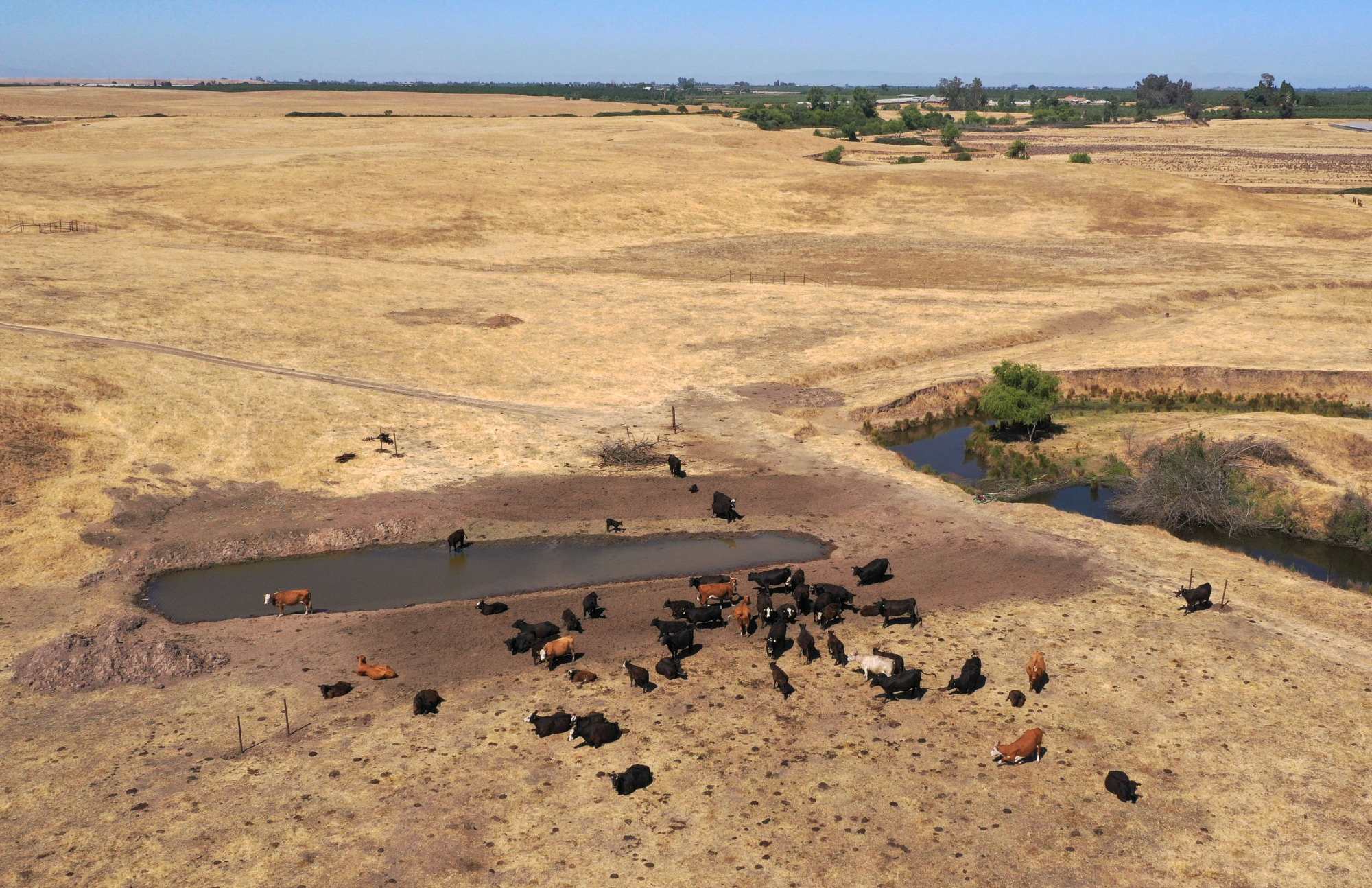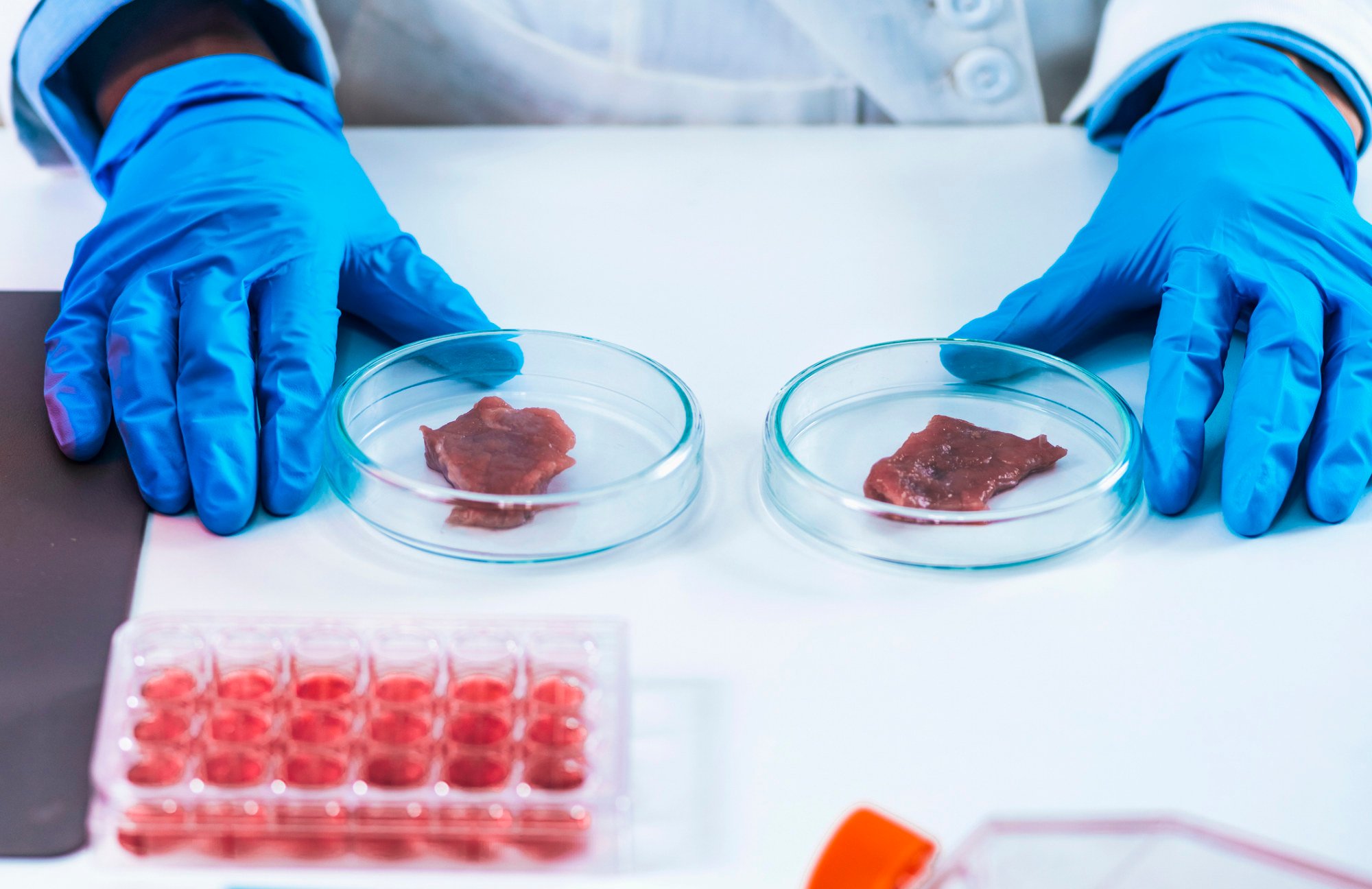
Asia can satisfy the world’s growing appetite for meat by investing in alternative proteins
- As global demand for meat soars, a large-scale shift towards plant-based and lab-grown meat production will be necessary
- Already a leading global supplier of clean energy technology, Asia is well-placed to rise to this new challenge in food sustainability
Two decades ago, a rapid rise in electricity demand across Asia fuelled massive investments into clean-energy sources like wind and solar power. Building critical infrastructure for renewables helped fend off widespread power-grid shortages and laid the groundwork for an economic boom of historic proportions.
But looking beyond the energy sector, another potentially catastrophic shortfall looms on the horizon: demand for protein is surging.
That’s a big problem because conventional methods of producing meat are inherently inefficient. Chickens, for example, consume nine calories of crops for every one calorie we get back in the form of meat. That’s 800 per cent waste – the equivalent of a farmer preparing nine plates of food, only to throw eight of them in the garbage.
The ripple effects of this extraordinary inefficiency are visible everywhere from water depletion to air pollution, but perhaps nowhere more so than in land usage. Of the roughly four billion hectares of land currently used for agriculture, a staggering 75 per cent are used to grow crops to feed to chickens and pigs or to graze cows and other farmed animals. For perspective, that’s a land mass as large as China, plus India, times two, plus Indonesia.

Now imagine how much more space will be needed as protein demand continues to rise; the maths simply doesn’t add up. We need to radically change the calculations by reimagining how meat gets to our plates.
Asia’s recent history with renewables is instructive here. Just as we successfully harnessed the power of the sun and wind to satisfy skyrocketing electricity needs, we must now harness protein directly from plants, microbes, and cultivated animal cells – the food equivalents of clean energy.

As with solar and wind energy though, ramping up production of alternative proteins requires large-scale manufacturing infrastructure, developed over a decades-long timeline.
Analysis by the Good Food Institute APAC has shown that building enough plant-based meat mega-factories to satisfy even 6 per cent of the global meat demand in 2030 will require up to US$27 billion – a conservative estimate – of cumulative capital expenditure investment.
That figure could potentially be reduced if facilities are strategically built in developing economies across East and Southeast Asia, but we’re still talking about infrastructure building on an enormous scale. Similar investments will also be needed to accelerate production of fermentation-enabled proteins and cultivated meat.
By contrast, more than US$47 billion of private capital flowed into climate tech that same year, in addition to government funding and funds raised through public equity and debt markets. In other words, if we commit to scaling up sustainable food production infrastructure with the same vigour we have already shown for clean energy and other climate technologies, the solution to our protein problems is within reach.
Some parts of Asia are beginning to make significant strides to close the alternative protein manufacturing gap. In Singapore, Cremer Sustainable Foods – a joint venture between German agri-food company CREMER and Nurasa, formerly known as Temasek’s Asia Sustainable Foods Platform – opened a new contract manufacturing centre in 2022 that can crank out over 1,000 tonnes of plant-based meat per year. Similar production facilities are on track to open later this year for animal-free dairy and other innovative future foods.
This is exactly the kind of forward-thinking infrastructural investing that we need to see spread like wildfire across Asia, particularly from sovereign wealth funds, pension funds, and creative capital sources.
Hong Kong’s love of meat leaves it on the wrong side of progress
The bold investments made in the early 2000s not only averted an energy shortfall, but set the stage for a renewables manufacturing boom that continues to pay huge dividends.
Now we have a short window to turn another looming crisis into an opportunity, in perhaps the only sector more fundamental than electricity: our food supply. By leveraging every public and private investment tool at our disposal, we can rapidly ramp up a smarter way of making protein and reap the rewards throughout the rest of the Asian Century.
Ryan Huling is senior communications manager at the Good Food Institute APAC – Asia’s leading alternative protein think tank
Diane Fermin handles corporate communications for ScaleUp Bio



